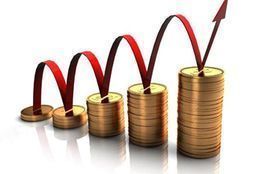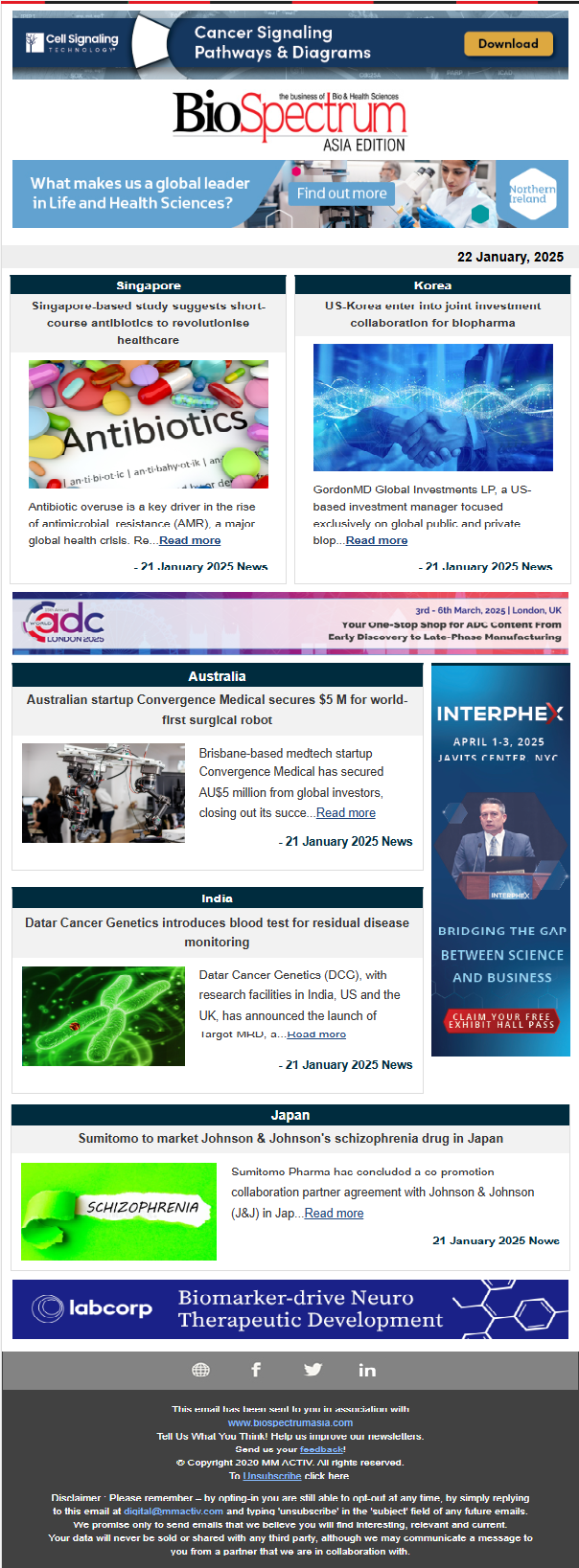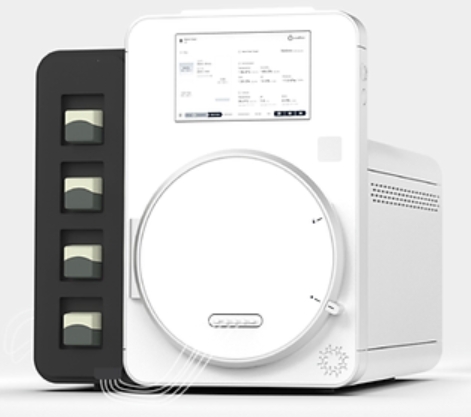
McKinsey & Company study - India's pharmaceutical market will more than double from the current year's $18 billion to over $ 45 billion by the year 2020
"The India Advantage" continues to exists despite some recent hiccups in the national economic growth scenario and quality issues faced by a major company like Ranbaxy, reiterated Dr Ajay Dhankar, director at McKinsey and lead author of a special report on India pharma. The report, commissioned by the USA India Chamber of Commerce was released at a high profile pharma meeting at Cambrdidge, Massachusetts on June 21, 2013.
There are several reasons for McKinsey to be gung-ho about India. The country's healthcare sector has tripled in size in the last decade from $23 billion in 2002 to more than $70 billion in 2012. "This has happened despite India lagging behind peer countries in spending, outcomes, health human resources and infrastructure," Dr Dhankar said.
According to figures compiled by McKinsey, India's pharma market was only $6 billion in 2005. It zoomed to $18 billion in 2012. And Mckinsey predicts India's pharma market will grow to at least $45 billion by the year 2020.
"There is widespread acknowledgement of India's potential for R&D innovation and while the fundamental drivers of the India Advantage exists, the opportunity has not played out as expected," added the co-lead author of the report Mr Vivek Badoria, a principal at McKinsey.
Even in the most pessimistic scenario, the authors observe that India will be a top 3 pharma market by incremental growth by 2020 and in absolute size the country will become the 6th largest market globally by 2020.Only USA, China, Japan, Germany and Russia will be ahead of India in the global phama sweepstakes.
The India growth story in pharma is based on 11 major drivers, according to the McKinsey report. The topmost reason is the presence of epidemiological factors and approximately 5 per cent of the population has high disease prevalence rates. A third of the incremental growth will come from the affordability factor determined by steady rise in income levels, huge expansion in insurance coverage and affordable pricing.
Enhanced accessibility will be another major contributing factor to the growth story. Besides the alarming growth in the medical infrastructure in major cities, tier 2 and rural areas have been covered by medical infrastructure using some innovative models. The government has also increased the healthcare spend which is driving the demand for products. Overall, even branded products are benefiting from the surge in demand.
Besides these, the growth of India's biotechnology and vaccine manufacturing has spurred growth in pharma products. Growing propensity for self-medication and stimulation of the market by disease awareness campaigns from health careindustry and providers is also leading to market expansion.
While presenting the highlights of their report, the authors debunked some of the most common myths about India's pharma market.
Myth 1: India has an end-to-end advantage in R&D Innovation.
Reality: It is not so. But India's advantage lies in many pockets of the value of the chain.
Myth 2: Intellectual property is the biggest obstacle in realizing India's potential in R&D innovation.
Reality: In fact, it is infrastructure and policy for clinical trials that remain the major obstacle to major global engagement with India.
Myth 3: MNC's continue to seek 'deals' that offer cost arbitrage.
Reality: In fact, alliances that focus on innovation, quality and service are big unmet needs.
Myth 4: India is far from being a source of new chemical entities (NCEs) due to the above three constraints.
Reality: In fact, India has registered 2 NCEs in the last 12 months and there is actually a growing NCE pipeline in the country.
The McKinsey report is of the view that India's pharma market growth will be fairly fragmented, thereby creating opportunities for a large number of players. Nearly two-thirds of the market will be in top cities and tier 1 towns and hence targeting middle class consumer segment will be a key determining factor for success among entrepreneurs. Rural India may have a huge population and will grow fast at 15 percent but its overall share nationally will be only 25 per cent.
Similarly, two-thirds of the sales will come through the retail channel, institutional sales will be only about a quarter of the total market.




